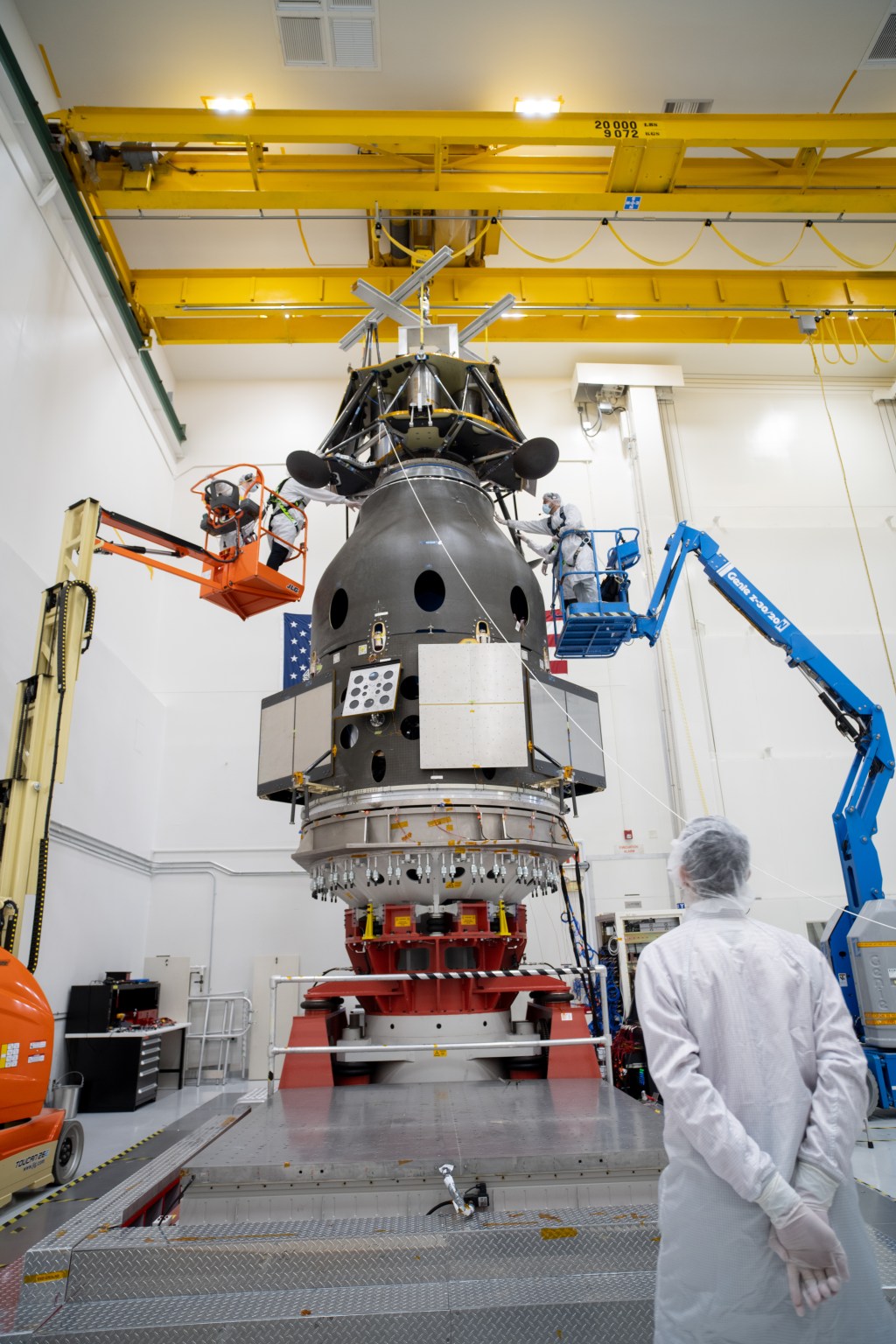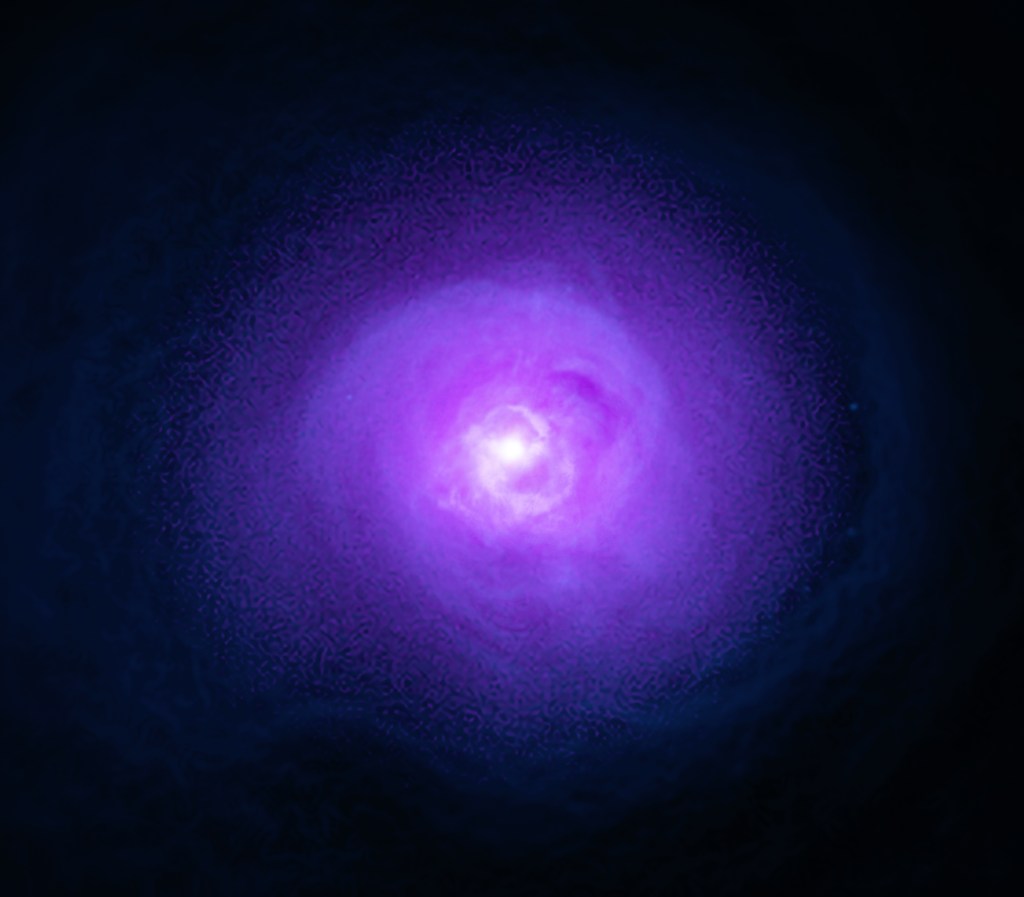1 min read
Two Extremely Distant Active Supermassive Black Holes (NIRSpec MSA Emission Spectra)
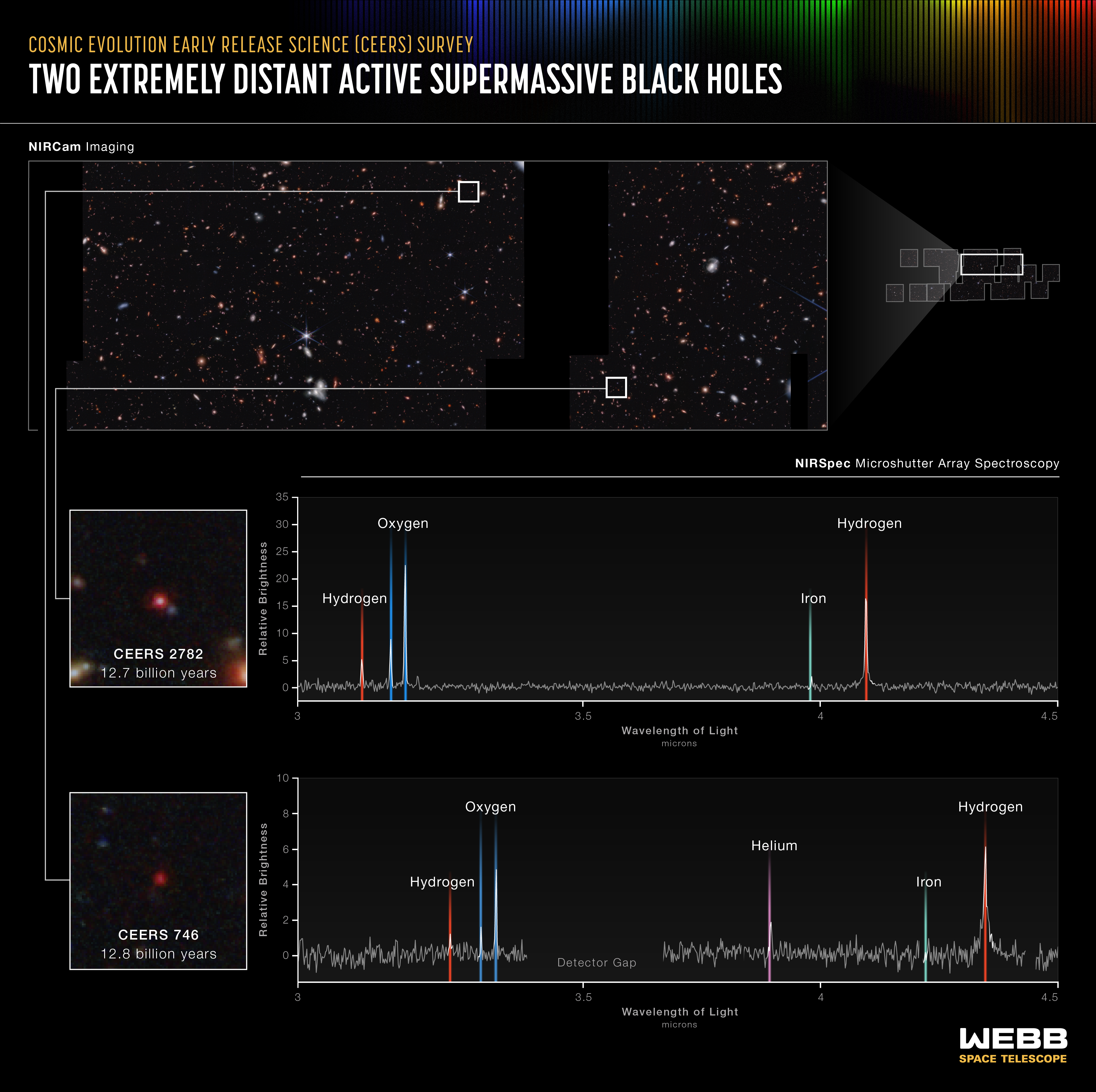
Researchers using data and images from the James Webb Space Telescope have already captured two of the smallest known supermassive black holes in the early universe.
Webb’s spectra show that these black holes weigh only 10 million times the mass of the Sun. Other very distant supermassive black holes we’ve known about for decades are over 1 billion times the mass of the Sun. These two are so small that they are closer to the size of Sagittarius A*, the supermassive black hole at the center of our Milky Way galaxy, which is 4.6 million times the mass of the Sun. “Researchers have long known that there must be lower mass black holes in the early universe,” explained Dale Kocevski of Colby College in Waterville, Maine, who led this research as part of the Cosmic Evolution Early Release Science (CEERS) Survey. “But Webb is the first observatory that has captured them so clearly.”
Unmistakable signatures of the distances to their host galaxies are in each spectrum above: Three lines appear in the same order – one hydrogen line followed by two ionized oxygen lines. Where this pattern falls reveals the redshift of the two targets, showing researchers how long ago their light was emitted.
The first spectrum proves black hole CEERS 2782 existed only 1.1 billion years after the big bang, emitting its light 12.7 billion years ago. Webb’s data also show it is clear of dust. The second, CEERS 746, existed slightly earlier, 1 billion years after the big bang, but its bright accretion disk is still partially clouded by dust. “The central black hole is visible, but the presence of dust suggests it might lie within a galaxy that is furiously pumping out stars,” added Kocevski.
The researchers found this pair of extremely distant black holes while carefully reviewing images from the CEERS Survey – and followed up to learn their precise makeup with Webb’s microshutter array aboard NIRSpec (its Near-Infrared Spectrograph), which produced the definitive spectra above. Webb was immediately able to clearly detail some of the most distant black holes yet known, which has already opened a vast new region of research.
These black holes existed toward the end of the Era of Reionization, when the universe was cast in a dense “fog.” With its infrared observations, Webb can capture plenty of light from objects that existed during this period, which is why researchers are so excited to continue reviewing the CEERS data. “We don’t yet know how the earliest black holes formed in the universe,” said Steven Finkelstein of the University of Texas at Austin, who leads this program. “With Webb, we can now start to systematically search for them and begin untangling this mystery.”
NIRSpec was built for the European Space Agency (ESA) by a consortium of European companies led by Airbus Defence and Space (ADS) with NASA’s Goddard Space Flight Center providing its detector and micro-shutter subsystems.
Extended Description and Image Alt Text
Extended Description
An infographic titled “Cosmic Evolution Early Release Science (CEERS) Survey, Two Extremely Distant Active Supermassive Black Holes.”
Reference Image
In the top row, at the far right is an outline made up of a patchwork of squares labeled NIRCam imaging. A large horizontal pull out of a region within CEERS appears over most of this row. It contains galaxies of different colors, shapes, and sizes.
Inset Images
Two white boxes appear over tiny galaxies that contain supermassive black holes, one toward the top middle and the second toward the middle-right at the bottom. White lines link them to larger images at bottom left. In the inset images are blurry red dots at the center. The top one reads CEERS 2782, 12.7 billion years. The bottom image reads CEERS 746, 12.8 billion years.
Graphs
Along the bottom of the graphic are two line graphs. They are evenly lined up with the inset graphics. These are labeled NIRSpec Microshutter Array Spectroscopy.
Graph Axes
Each spectrum is plotted as a line graph. The graphs show relative brightness on the y-axis. The spectrum at top for CEERS 2782 has points for 0, 5, 10, 15, 20, 25, 30, and 35. CEERS 746 has points for 0, 2, 4, 6, 8, and 10. Wavelength of Light in microns is shown on the x-axis has labels on both graphs for 3, 3.5, 4, and 4.5 microns.
Graph Data
Both graphs show jagged lines, plotting the brightness of the galaxies. The overall shape of the line is flat with a few prominent spike-like peaks. Some peaks are taller than others. Shaded areas of color mark the appearance of various elements, each with a unique color.
Light emitted from CEERS 2782 12.7 billion years ago: A hydrogen emission line is located after 3 microns, and two oxygen lines are located just after them. A line for iron appears just before 4 microns, with one line for hydrogen just after 4 microns.
Light emitted from CEERS 746 12.8 billion years ago: A hydrogen emission line is located around 3.25 microns, and two oxygen lines are located just after. A line for helium appears before 4 microns, an iron line around 4.25 microns, and one line for hydrogen closer to 4.5 microns.
Image Alt Text
A graphic titled “Cosmic Evolution Early Release Science (CEERS) Survey, Two Extremely Distant Active Supermassive Black Holes.” The graphic, showing two spectra, plot the redshift of two active supermassive black holes.
- Release DateJuly 6, 2023
- Science ReleaseWebb Detects Most Distant Active Supermassive Black Hole to Date
- CreditImage: NASA, ESA, CSA, Leah Hustak (STScI); Science: Steve Finkelstein (UT Austin), Dale Kocevski (Colby College), Pablo Arrabal Haro (NSF's NOIRLab)
Related Images & Videos

Cosmic Evolution Early Release Science (CEERS) Survey (NIRCam Image)
Stare deeply at this vast landscape. It was stitched together from multiple images captured by the James Webb Space Telescope in near-infrared light – and it is practically pulsing with activity. To the right of center is a clump of bright white spiral galaxies that seem to be...
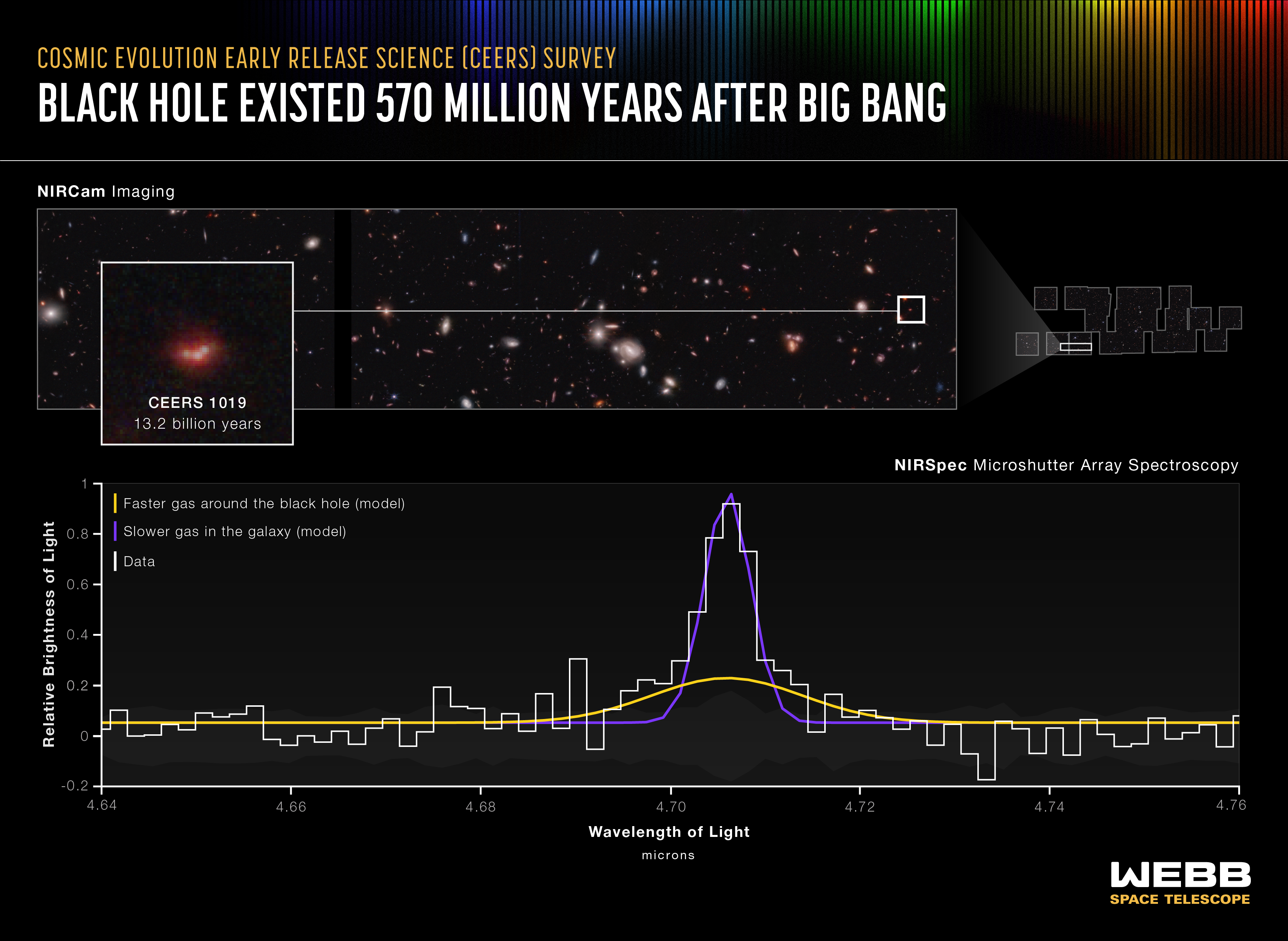
Black Hole Existed 570 Million Years After Big Bang (NIRSpec MSA Emission Spectrum)
Researchers have identified the most distant active supermassive black hole to date in the James Webb Space Telescope’s Cosmic Evolution Early Release Science (CEERS) Survey. The black hole, within galaxy CEERS 1019, existed just over 570 million years after the big bang and...
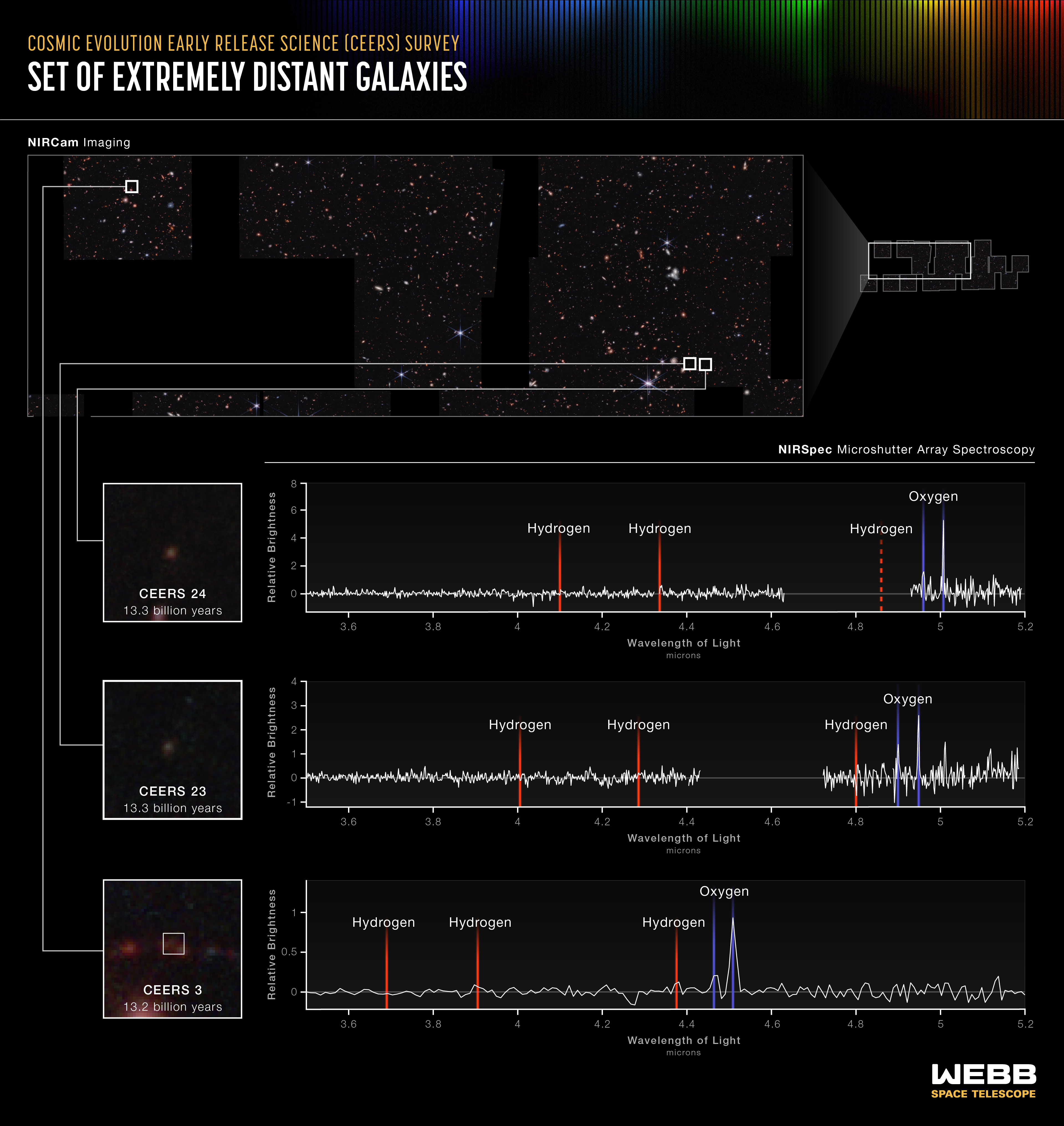
Set of Extremely Distant Galaxies (NIRSpec MSA Emission Spectra)
A team investigating data from Webb’s Cosmic Evolution Early Release Science (CEERS) Survey has already identified seven galaxies that existed when the universe was only 540 to 660 million years old. Some of the evidence is displayed above: Three lines appear in the same order –...
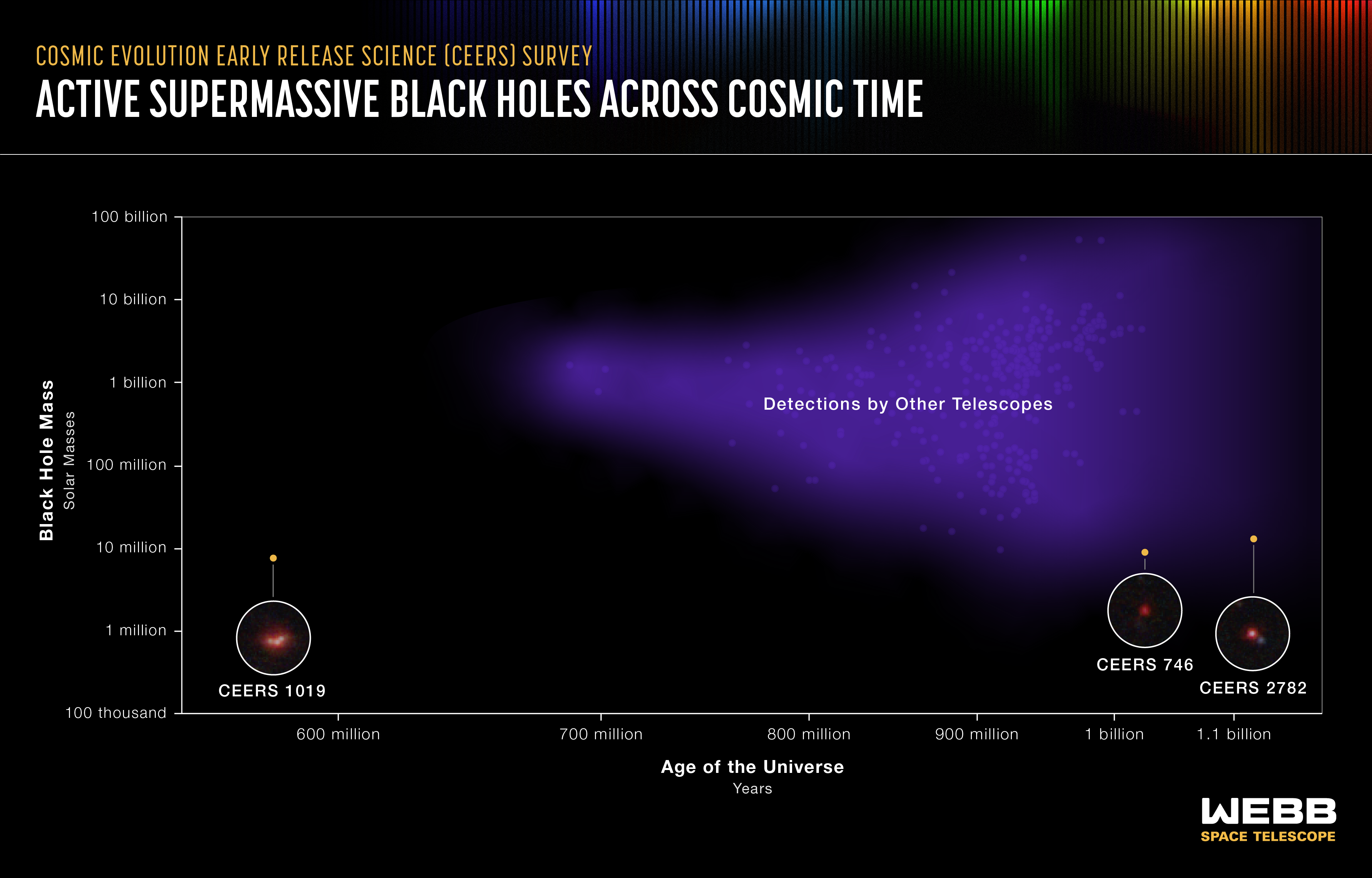
Active Supermassive Black Holes Across Cosmic Time
This graphic shows detections of the most distant active supermassive black holes currently known in the universe. They were identified by a range of telescopes, both in space and on the ground. Three were recently identified by in the James Webb Space Telescope’s Cosmic...
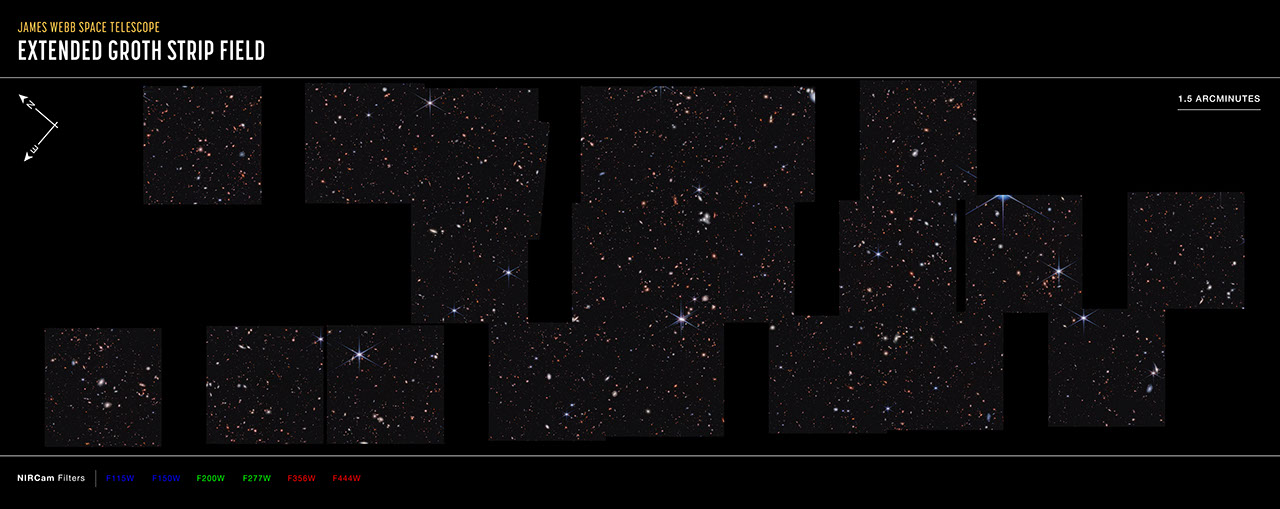
Cosmic Evolution Early Release Science (CEERS) Survey (NIRCam Compass Image)
Ten near-infrared pointings from NIRCam (the Near-Infrared Camera) aboard the James Webb Space Telescope were stitched together to create this mosaic, known as the Cosmic Evolution Early Release Science (CEERS) Survey. These observations are within the same region studied by the...
Share
Details
Laura Betz
NASA’s Goddard Space Flight Center
Greenbelt, Maryland
laura.e.betz@nasa.gov
NASA, ESA, CSA, Leah Hustak (STScI)
Steve Finkelstein (UT Austin), Dale Kocevski (Colby College), Pablo Arrabal Haro (NSF’s NOIRLab)













